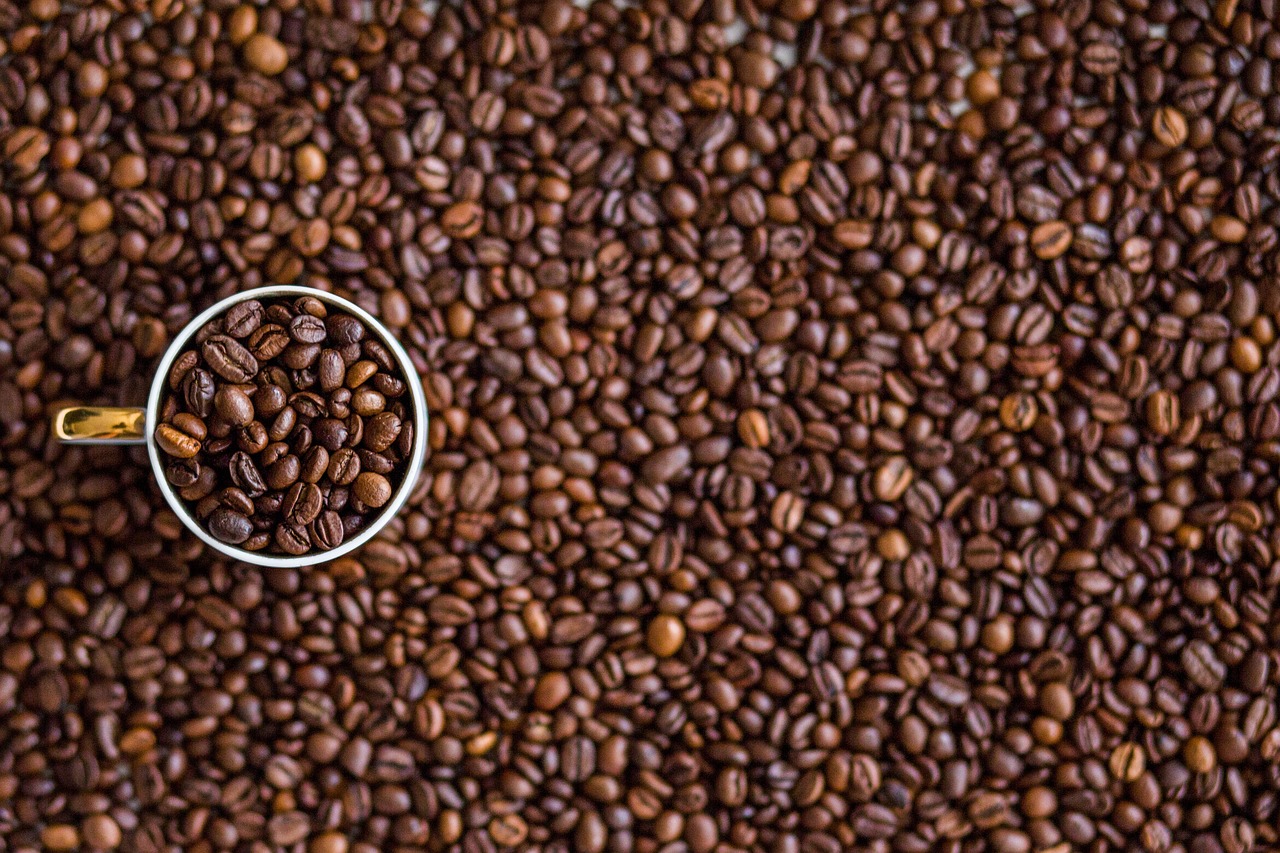
March arabica coffee (KCH25) Friday closed down -5.00 (-1.55%), and January ICE robusta coffee (RMF25) closed down -156 (-2.80%).
Coffee prices Friday gave up an early advance and closed lower after the Brazilian real (^USDBRL) sank to a record low against the dollar. The weaker real encourages export selling from Brazil's coffee producers and sparked long liquidation in coffee futures.
Coffee prices on Friday initially extended their 3-week parabolic rally, with March Arabica posting a contract high and December Arabica posting a 47-year nearest-futures high. Meanwhile, January robusta coffee posted a 2-1/2 month high. Coffee prices are soaring as adverse weather in Brazil and Vietnam, the world's two biggest coffee growers, threatens global coffee production. According to Sucden Financial, the price surge has also prompted some of Brazil's coffee exporters to unwind their hedges and buy coffee futures to cover short positions, pushing coffee prices even higher.
The impact of dry El Nino weather earlier this year may lead to longer-term coffee crop damage in South and Central America. Rainfall in Brazil has consistently been below average since April, damaging coffee trees during the all-important flowering stage and reducing the prospects for Brazil's 2025/26 arabica coffee crop. Brazil has been facing the driest weather since 1981, according to the natural disaster monitoring center Cemaden. Also, Colombia, the world's second-largest arabica producer, is slowly recovering from the El Nino-spurred drought earlier this year.
Below-average rainfall in Brazil may curb the country's coffee output and is bullish for prices. Somar Meteorologia reported Monday that rainfall in Brazil's biggest arabica coffee growing area of Minas Gerais received 6 mm of rain last week, or 10% of the historical average. Minas Gerais is Brazil's largest arabica coffee-producing area.
Robusta coffee prices are underpinned by reduced robusta production. Due to drought, Vietnam's coffee production in the 2023/24 crop year dropped by -20% to 1.472 MMT, the smallest crop in four years. The USDA FAS on May 31 projected that Vietnam's robusta coffee production in the new marketing year of 2024/25 will dip slightly to 27.9 million bags from 28 million bags in the 2023/24 season.
Tight robusta supplies are supportive for robusta prices after Vietnam's General Department of Customs reported on November 11 that Vietnam's October coffee exports fell -11.6% m/m to 45,412 MT and Vietnam's Jan-Oct coffee exports fell -11.1% y/y to 1.15 MMT. Robusta coffee also has support after recent rains flooded coffee fields and delayed the coffee harvest. Vietnam, the world’s biggest robusta producer, is at the start of its coffee harvest.
Coffee prices also have carryover support from last Thursday when the USDA's Foreign Agricultural Service (FAS) projected Brazil's 2024/25 coffee production at 66.4 MMT, below the USDA's previous forecast of 69.9 MMT. The USDA's FAS also projects Brazil's coffee inventories at 1.2 million bags at the end of the 2024/25 season in June, down -26% y/y.
In a supportive factor for coffee prices, Conab, Brazil's crop forecasting agency, cut its 2024 Brazil coffee production forecast on September 19 to 54.8 million bags from May's forecast of 58.8 million bags.
Signs of larger global coffee supplies are bearish for prices after the International Coffee Organization (ICO) reported November 8 that global coffee exports in Sep rose +25% y/y to 10.76 mln bags and that exports from Oct-Sep rose +11.7% y/y to 137.27 mln bags.
Tightness in coffee inventories is supporting coffee prices. ICE-monitored arabica coffee inventories recovered from the 24-year low of 224,066 bags posted in November 2023 to post a 2-1/3 year high of 903,548 bags Wednesday. Meanwhile, ICE-monitored robusta coffee inventories fell to a 7-month low of 3,847 lots today after climbing to a 1-3/4 year high of 6,521 in July. ICE-monitored robusta coffee inventories are moderately above the record low of 1,958 lots posted in February 2024.
Brazilian coffee export news has been bearish. Cecafe reported last Monday that Brazil's Oct green coffee exports rose +11% y/y to 4.57 million bags. Also, Cecafe reported on July 11 that Brazil's 2023/24 coffee exports rose +33% y/y to a record 47.3 million bags.
In a bearish factor, the International Coffee Organization (ICO) last month projected that 2023/24 global coffee production would climb +5.8% y/y to a record 178 million bags due to an exceptional off-biennial crop year. ICO also said global 2023/24 coffee consumption would climb +2.2% y/y to a record 177 million bags, resulting in a 1 million bag coffee surplus.
The USDA's bi-annual report on June 20 was bearish for coffee prices. The USDA's Foreign Agriculture Service (FAS) projected that world coffee production in 2024/25 will increase +4.2% y/y to 176.235 million bags, with a +4.4% increase in arabica production to 99.855 million bags and a +3.9% increase in robusta production to 76.38 million bags. The USDA's FAS forecasts that 2024/25 ending stocks will climb by +7.7% to 25.78 million bags from 23.93 million bags in 2023/24.






